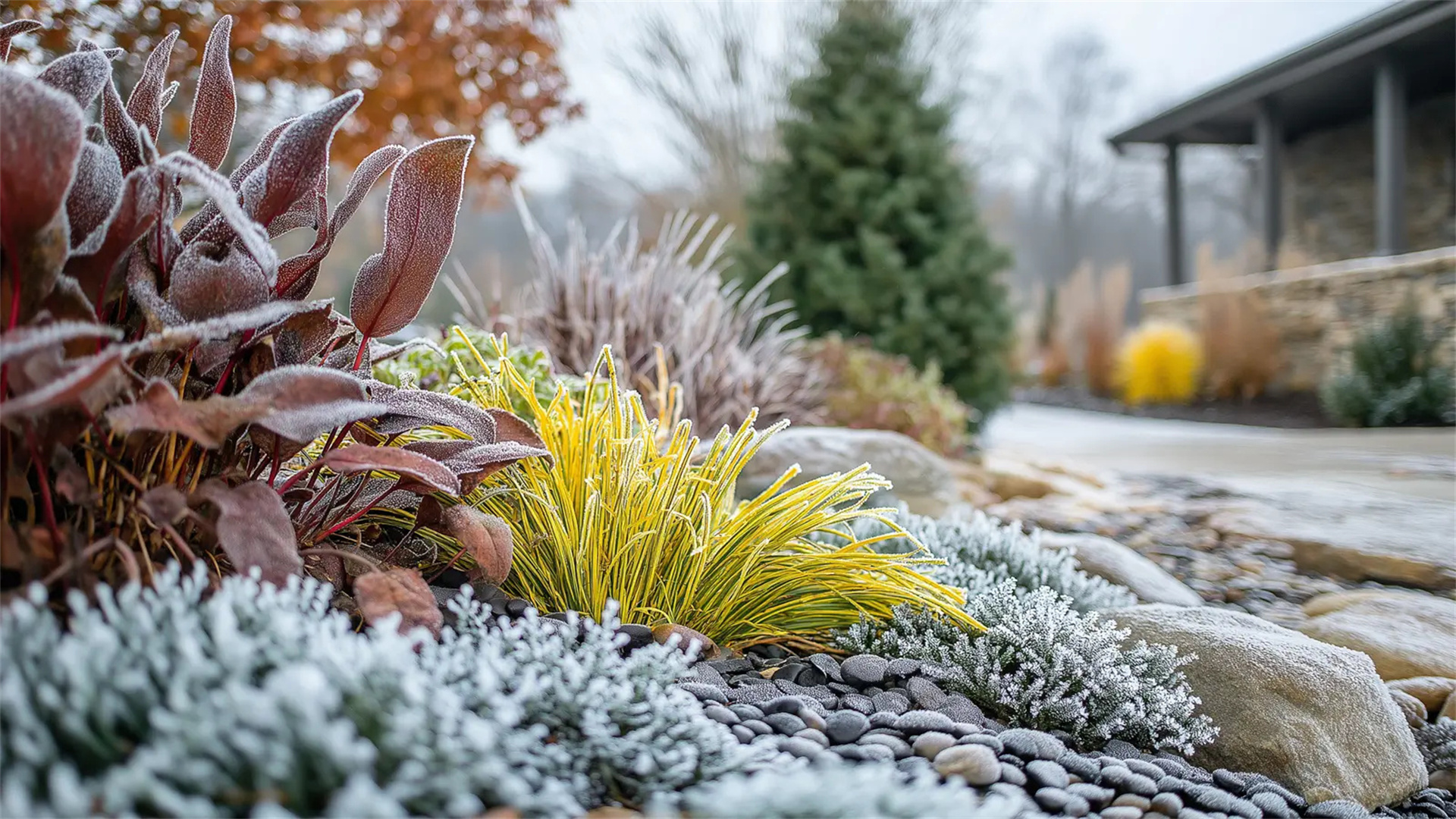The Ultimate Guide to Caring for Succulents: Tips to Help Them Thrive
Succulents have quickly become one of the most beloved types of plants for both beginner and seasoned gardeners. Their unique, sculptural shapes, vibrant colors, and low-maintenance nature make them a perfect addition to any home or garden. However, while they’re often considered “easy to care for,” succulents still require the right care to thrive and stay healthy. This guide will walk you through everything you need to know to keep your succulents alive, healthy, and growing strong.

1. Lighting is Key: Providing the Right Amount of Sunlight
Succulents are native to arid environments and love sunlight, but 'too much direct sunlight' can harm them. Just like humans, they can get sunburned! Therefore, it’s essential to give them 'bright, indirect light' for most of the day. A sunny windowsill, a south or west-facing window, is ideal, but be mindful of the intensity of the sun, especially during the peak hours of the day.
If you notice your succulents looking 'pale, stretched out, or discolored', they might be getting too much sun, and it’s time to move them to a shadier spot. On the other hand, if your succulents are becoming leggy or not growing as expected, they might need more light. It's a delicate balance, but the general rule is that 'sun-loving succulents are happiest when they get plenty of bright, indirect sunlight', ideally around 6 hours a day.
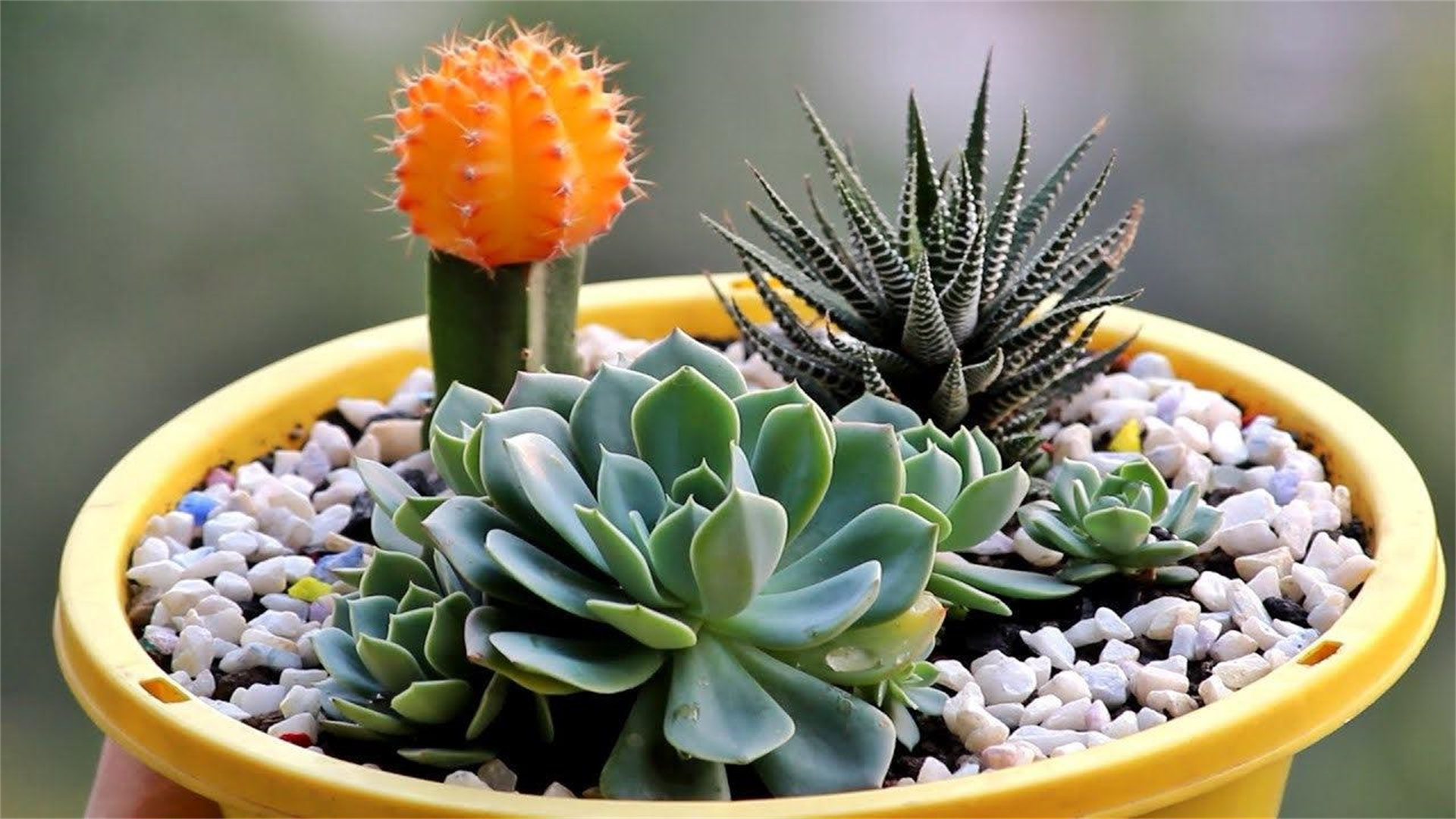
2. Watering: A Delicate Balance of Hydration
One of the most important factors in succulent care is 'watering'. While succulents are known for their drought-tolerant nature, they still need water to thrive. However, the key is to 'water deeply but infrequently', ensuring that the soil is allowed to dry out between waterings.
Follow these 'watering tips' to prevent overwatering or underwatering:
Check the soil moisture: Stick your finger into the soil—if the top inch feels dry, it’s time to water. If the soil is still moist, wait a bit longer.
Water deeply: When you water, do so thoroughly until the water drains out of the pot's drainage holes. This encourages the roots to grow deeper into the soil, making the plant stronger.
Use well-draining pots: Ensure that your pots have drainage holes, as succulents do not like to sit in waterlogged soil. This helps prevent 'root rot', a common issue with overwatered succulents.
Adjust based on the season: During the 'growing season' (spring and summer), succulents generally need more water. During their 'dormant phase' (fall and winter), they require much less. Be sure to adjust accordingly.
Weather matters: If you’re keeping your succulents outside, watch the weather. Hot, dry periods may require more frequent watering, while cooler, rainy periods call for less water.

3. The Right Soil: A Solid Foundation for Healthy Growth'
The 'soil' you use is crucial for succulent health. Succulents need 'well-draining soil' to prevent water from pooling around the roots. Opt for a cactus or succulent-specific soil mix that contains sand or perlite to increase drainage.
If you’re feeling adventurous, you can mix your own soil by combining 'potting soil', 'sand', and 'perlite' in equal parts. This ensures that the soil doesn’t hold on to too much moisture and that your plants’ roots can breathe easily. Additionally, avoid using regular potting soil, which can become too dense and retain too much water, leading to root rot.
Another important note is to ensure your pots have 'drainage holes'—this is just as important as the right soil. Without proper drainage, excess water can sit at the bottom of the pot, suffocating the roots and causing root rot.
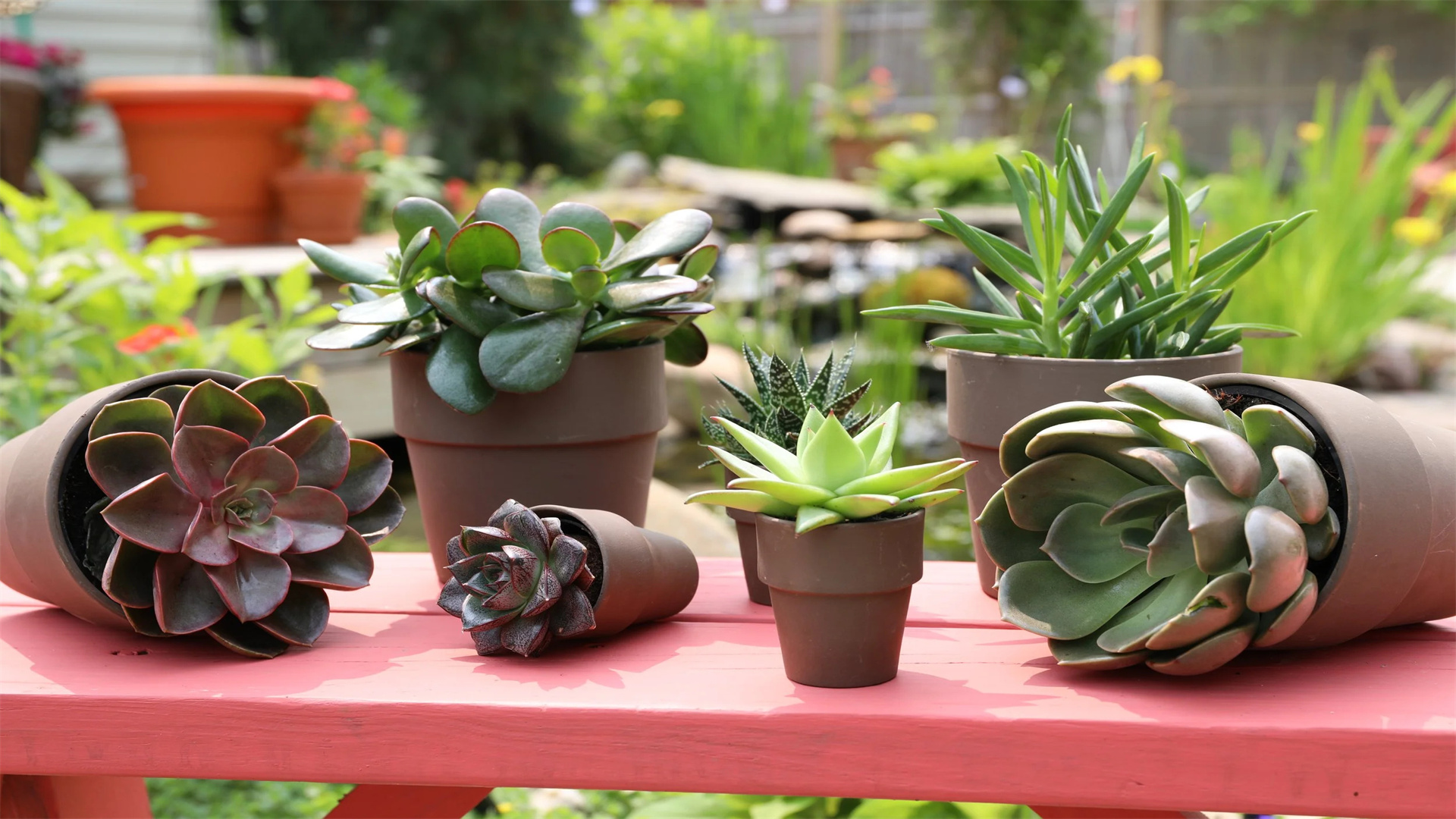
4.Temperature: Find the Sweet Spot
Succulents are hardy plants, but 'extreme temperatures' can affect their growth. Most succulents thrive in temperatures between '60°F and 80°F (15°C to 27°C)'. They’re adaptable but will suffer if exposed to extreme heat or cold for prolonged periods.
If you live in an area that experiences 'cold winters', consider bringing your succulents indoors during this time, or providing them with 'extra protection'. A cold draft or frost can damage or kill them, so they should be kept in a warm space where they can continue their dormant phase in peace.
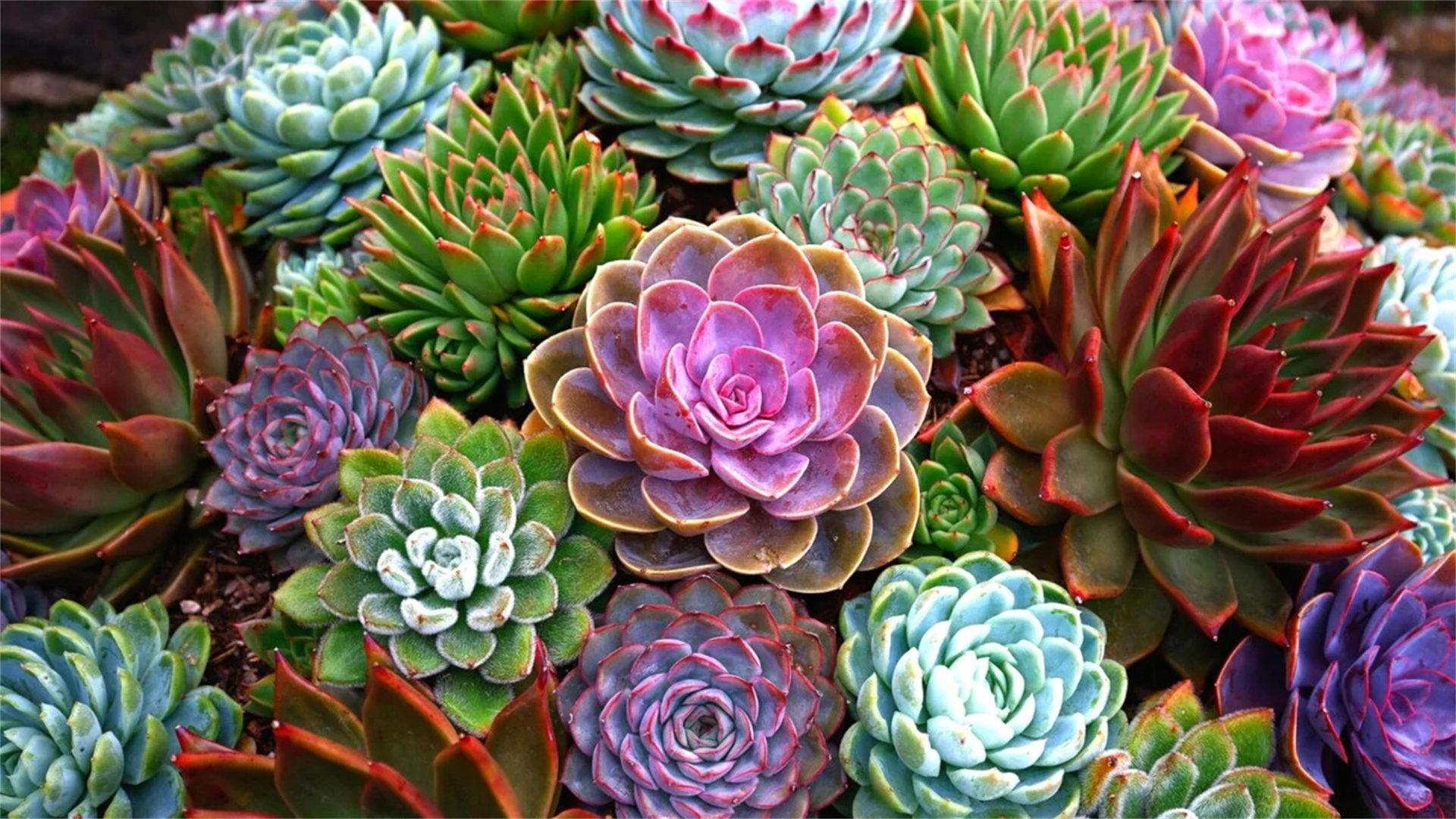
5. Pruning: Keep Them Neat and Healthy
Pruning succulents is not only about aesthetics—it's also about promoting 'healthier growth'. If your succulent has 'dead or dried leaves' or 'spent flowers', gently remove them to encourage the plant to focus its energy on new growth.
If your succulents start getting 'leggy' (elongated with spaces between leaves), it’s a sign that they’re not getting enough light. Prune them back to encourage fuller, bushier growth. Succulents can handle pruning well, and cutting them back often results in a more attractive, compact plant.
When pruning, use clean, sharp scissors or pruning shears to avoid causing damage to the plant. Don’t forget to wear gloves to protect your hands from any sharp spines or leaves.
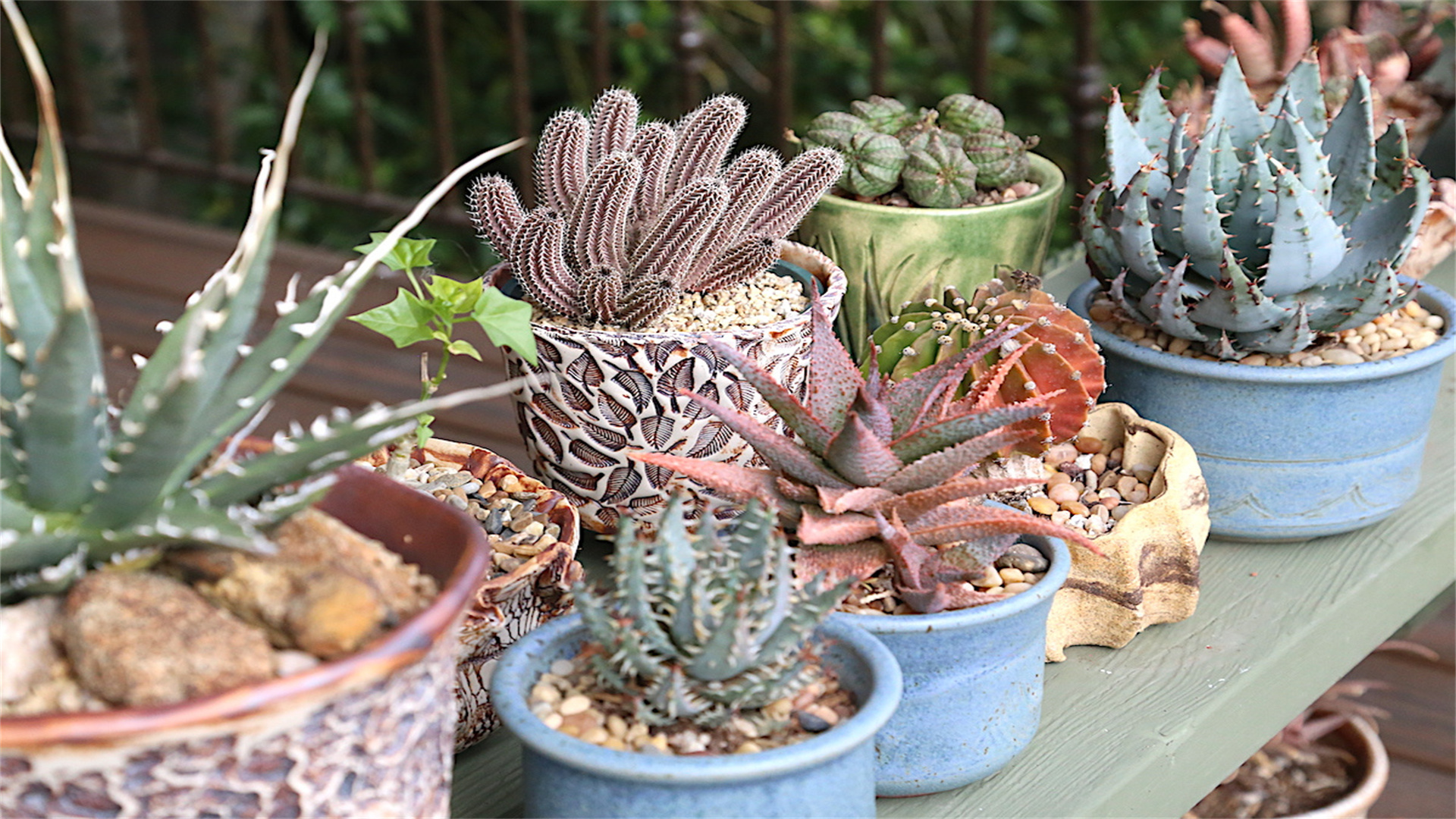
6.Fertilizing: Less is More
Succulents are not heavy feeders, so 'fertilizing sparingly' is important. Over-fertilizing can lead to lush but weak growth that may eventually harm your plant. Here’s how to properly fertilize succulents:
Use diluted fertilizer: During the growing season (spring and summer), use a diluted 'balanced fertilizer' (10-10-10 or similar) once every '4-6 weeks'. Avoid using fertilizer during the dormant period (fall and winter).
Organic options: If you prefer a more natural approach, try using 'organic fertilizers' like compost, fish emulsion, or worm castings. These options are gentle and won’t overwhelm your succulents with too many nutrients.
'Monitor plant response: If you notice that your succulents start to grow 'unnaturally tall ''spindly', or 'soft', it could be a sign that they’ve had too much fertilizer. Cut back and allow them to rest.
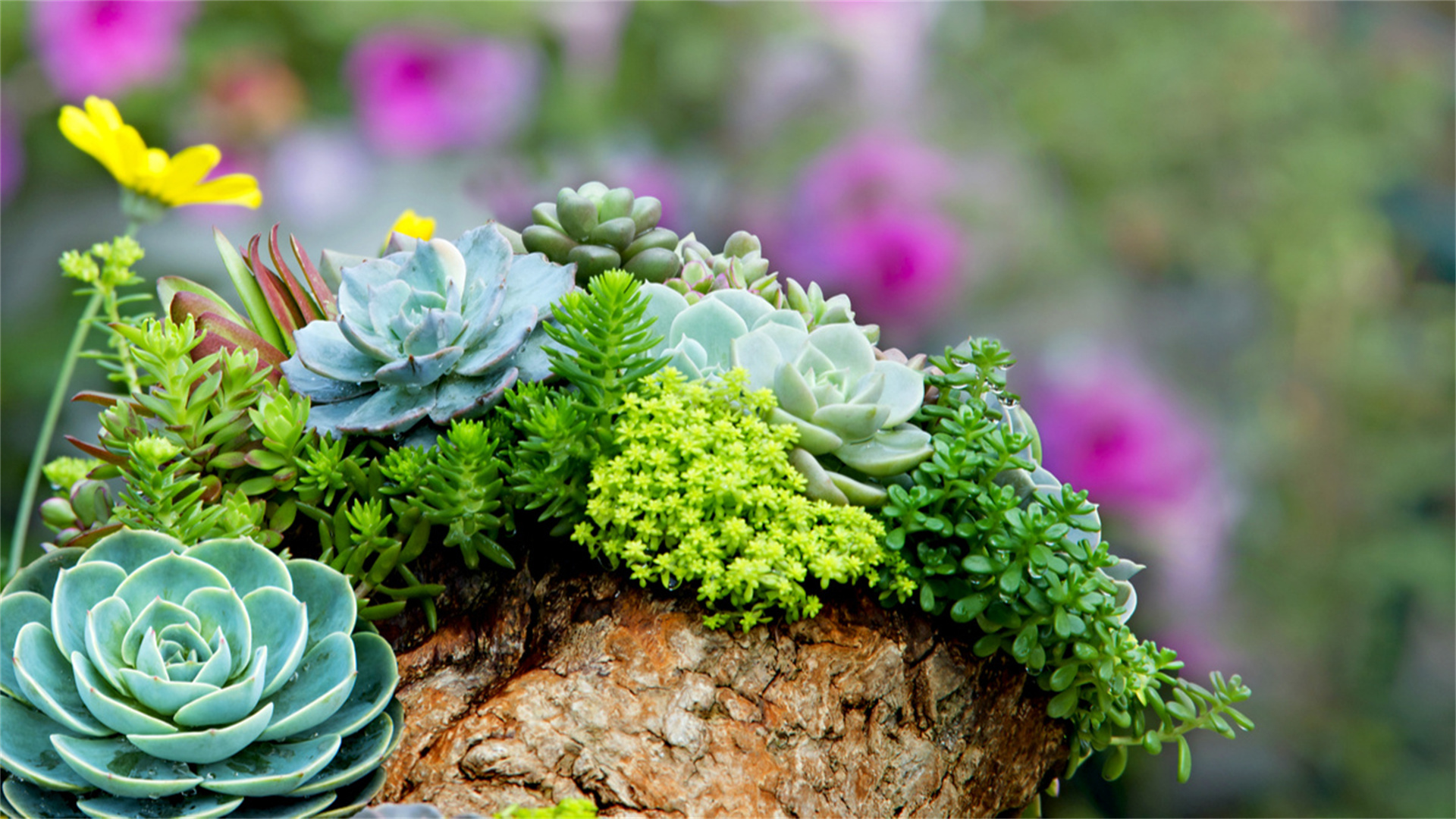
7.Pest Control: Stay Vigilant
Pests are the enemy of healthy succulents, and unfortunately, these plants aren’t immune to infestations. Keep an eye out for common pests such as 'mealybugs', 'aphids', and 'spider mites'. If you spot any of these unwelcome visitors, tackle the issue quickly:
Insecticidal soap: This is a gentle yet effective way to rid your plants of pests.
Neem oil: A natural solution that not only fights pests but also helps promote healthy plant growth.
Regular inspections: Regularly check the undersides of leaves and in-between stems for any signs of pests, especially if your succulents are in outdoor or high-humidity environments.
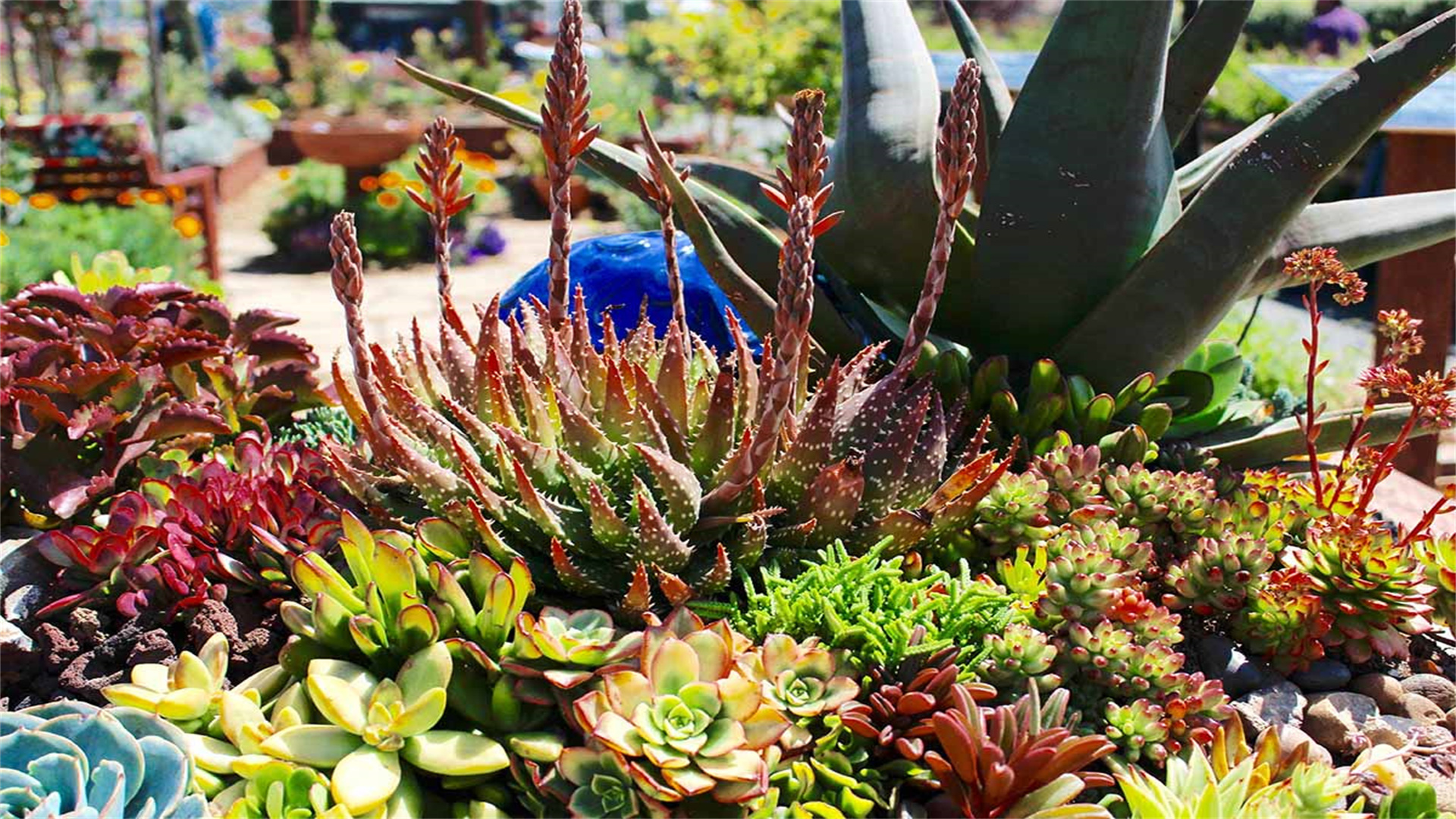
8.Propagation: Share the Joy of Succulents
Succulents are easy to propagate, and doing so can be a fun and rewarding way to expand your plant collection. You can propagate succulents from their 'leaves', 'cuttings', or 'offsets' (small baby plants that grow from the base of the mother plant). Here's how:
Leaf cuttings: Gently twist or cut a healthy leaf from the plant. Allow it to dry out for a day or two to form a callus, then plant it in well-draining soil. Keep the soil moist but not soaked until roots form.
Offsets: If your succulent has produced baby plants (often seen in varieties like aloe or echeveria), carefully remove them from the main plant and plant them in their own pots.
By propagating your succulents, you’ll create a continuous supply of new plants to enjoy or share with friends and family!
Conclusion: Succulent Care Doesn’t Have to Be Complicated
Succulents are wonderful, low-maintenance plants that are perfect for beginners and experts alike. With the right care, you’ll find that these resilient plants thrive in your home or garden. By following these simple tips for light, watering, soil, temperature, pruning, fertilizing, pest control, and propagation, you’ll ensure your succulents stay healthy and vibrant for years to come.
Remember, 'patience is key'. Succulents grow slowly, and sometimes it takes a while to see the results of your efforts. With time, however, your plants will reward you with beautiful colors, shapes, and textures. Happy gardening!




